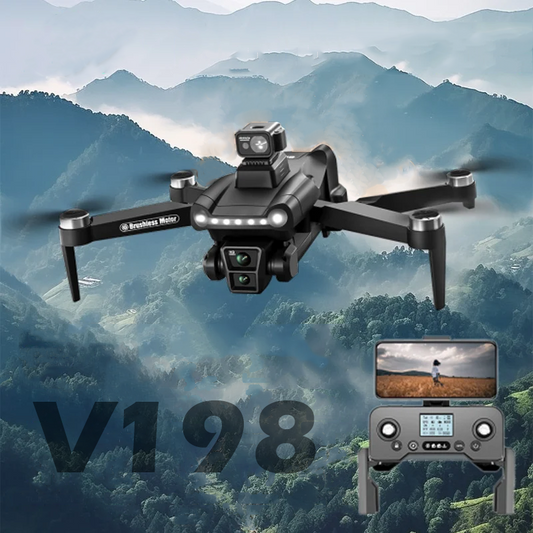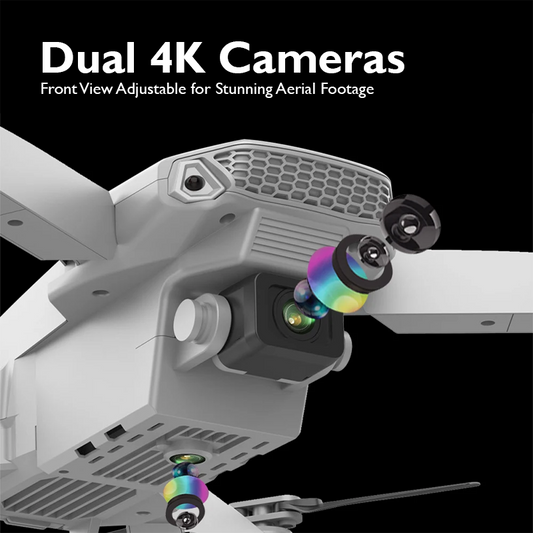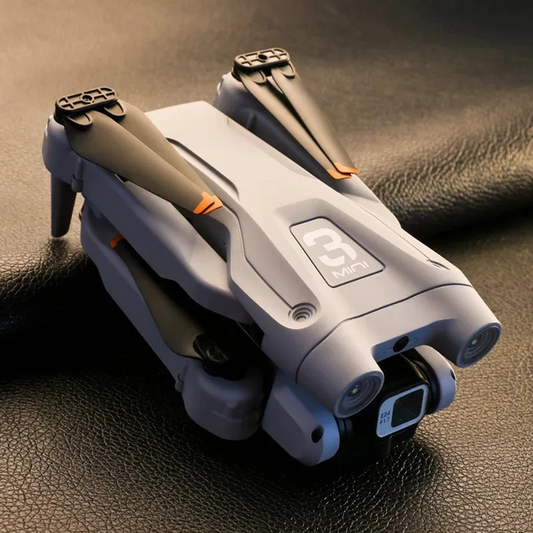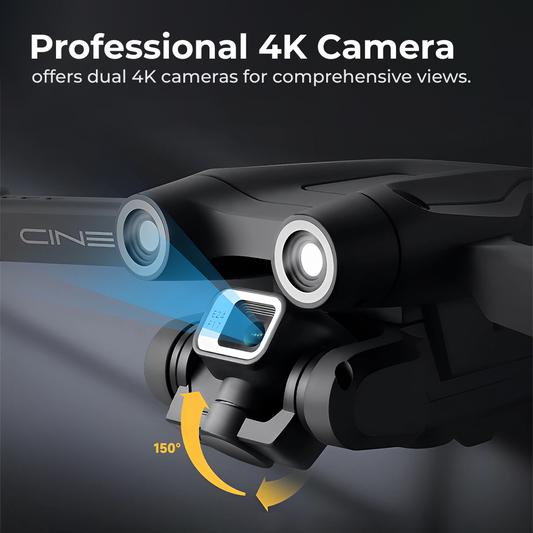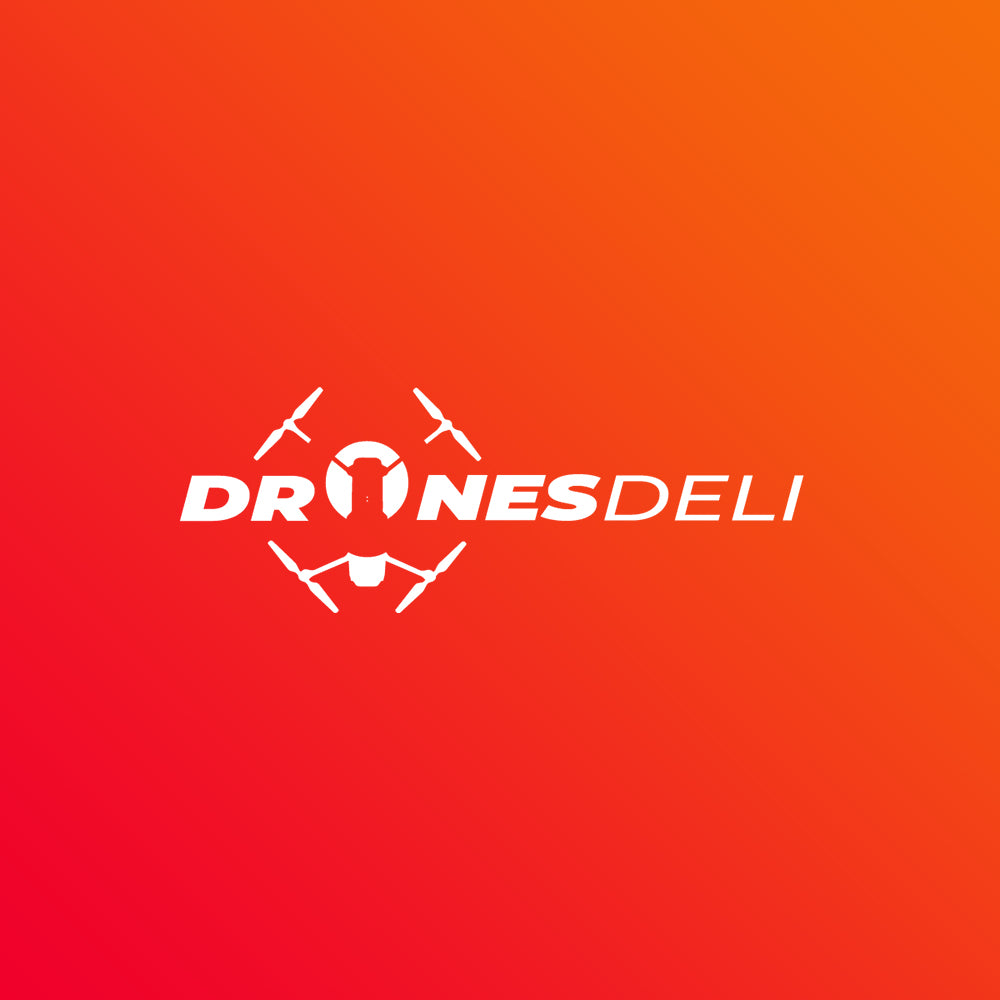Understanding Air Traffic Control for Drones

In recent years, the skies have become increasingly crowded not just with traditional aircraft but also with drones. As the popularity of drones continues to soar, ensuring safe and efficient operations within airspace has become paramount. This is where air traffic control for drones comes into play. Understanding how this system works is crucial for drone operators, enthusiasts, and regulators alike. In this comprehensive guide, we delve into the intricacies of air traffic control (ATC) for drones, shedding light on its significance, functionality, and future implications.
Why Air Traffic Control for Drones Matters

The rapid proliferation of drones across various sectors, including photography, agriculture, and logistics, underscores the need for effective airspace management. Unlike manned aircraft, drones lack the capability for human intervention in navigating congested airspace. Consequently, implementing robust ATC protocols for drones is essential to prevent collisions, ensure compliance with regulations, and facilitate seamless integration into the national airspace system.
Key Components of Air Traffic Control for Drones

1.Registration and Identification: Before taking to the skies, drones must be registered with the appropriate regulatory authority. Each registered drone is assigned a unique identification number, enabling authorities to track and monitor its movements.
2.Airspace Classification: Similar to manned aircraft, airspace is classified into different categories based on factors such as altitude and proximity to airports. Understanding these classifications is imperative for drone operators to navigate airspace safely and legally.
3.Flight Planning and Authorization: Prior to each flight, drone operators must submit a flight plan detailing their intended route, altitude, and duration. Depending on the airspace and local regulations, operators may need to obtain authorization from ATC before proceeding with their flight.
4.Real-time Monitoring and Communication: ATC systems are equipped with technologies such as radar and GPS to track the position and movement of drones in real-time. Additionally, drones may be required to maintain communication with ATC via radio or digital means to receive instructions and updates during flight.
5.Collision Avoidance Systems: To mitigate the risk of mid-air collisions, drones are often equipped with collision avoidance systems that utilize sensors and algorithms to detect and avoid obstacles in their flight path.
The Role of Technology in Air Traffic Control for Drones

Advancements in technology have revolutionized the way airspace is managed for drones. Key technologies driving this evolution include:
1.Unmanned Traffic Management (UTM): UTM systems leverage automation and data exchange to enable safe and efficient operations of drones in shared airspace. These systems facilitate coordination between drones, manned aircraft, and ground-based infrastructure, enhancing overall airspace management capabilities.
2.Remote Identification (RID): RID technology enables authorities to remotely identify and track drones in real-time, enhancing situational awareness and security. By mandating the implementation of RID systems, regulators aim to improve accountability and mitigate the risks associated with unauthorized drone operations.
3.Geofencing: Geofencing involves the creation of virtual boundaries around sensitive or restricted areas, such as airports and government facilities. Drones equipped with geofencing capabilities are programmed to automatically avoid these areas, reducing the likelihood of airspace incursions and unauthorized access.
Regulatory Framework and Compliance
Effective air traffic control for drones relies heavily on a robust regulatory framework that governs their operation. Key regulations and guidelines that drone operators must adhere to include:
1.Federal Aviation Administration (FAA) Regulations:

In the United States, the FAA regulates the operation of drones through Part 107 of the Federal Aviation Regulations (FAR). These regulations outline the requirements for drone registration, pilot certification, and operational limitations.
2.International Civil Aviation Organization (ICAO) Standards:

Globally, ICAO sets standards and recommended practices for the safe and orderly conduct of aviation activities, including those involving drones. Member states are encouraged to align their regulations with ICAO standards to promote harmonization and interoperability.
3.Local Airspace Rules:

In addition to national and international regulations, drone operators must also comply with local airspace rules and restrictions imposed by relevant authorities. Failure to adhere to these rules can result in fines, penalties, and legal consequences.
The Future of Air Traffic Control for Drones

As technology continues to evolve and the drone industry matures, the future of air traffic control for drones holds promise for further innovation and refinement. Key trends shaping the future of ATC for drones include:
1.Integration with Manned Aviation:
Efforts are underway to seamlessly integrate drones into the existing airspace infrastructure, enabling safe and efficient coexistence with manned aircraft. This integration will require collaboration between regulators, industry stakeholders, and technology providers to address technical, operational, and regulatory challenges.
2.Automation and Artificial Intelligence:
Advances in automation and artificial intelligence are poised to enhance the capabilities of ATC systems for drones. By leveraging AI algorithms and predictive analytics, these systems can optimize airspace utilization, mitigate congestion, and improve overall safety and efficiency.
3.Urban Air Mobility (UAM):
 The emergence of UAM initiatives, which involve the use of drones and other aerial vehicles for transportation within urban areas, presents new opportunities and challenges for air traffic control. As UAM concepts evolve, ATC systems will need to adapt to accommodate the unique operational requirements and complexities of urban airspace.
The emergence of UAM initiatives, which involve the use of drones and other aerial vehicles for transportation within urban areas, presents new opportunities and challenges for air traffic control. As UAM concepts evolve, ATC systems will need to adapt to accommodate the unique operational requirements and complexities of urban airspace.
In conclusion, air traffic control for drones plays a critical role in ensuring the safe and efficient operation of unmanned aerial vehicles in shared airspace. By understanding the key components, technologies, and regulatory considerations associated with ATC for drones, stakeholders can collaborate to realize the full potential of this transformative technology while maintaining the highest standards of safety and compliance. As we look to the future, continued innovation and collaboration will be essential to address the evolving needs of the drone industry and unlock new opportunities for aerial mobility and innovation.
Explore a variety of drones at our online drone store.Happy Flying!





